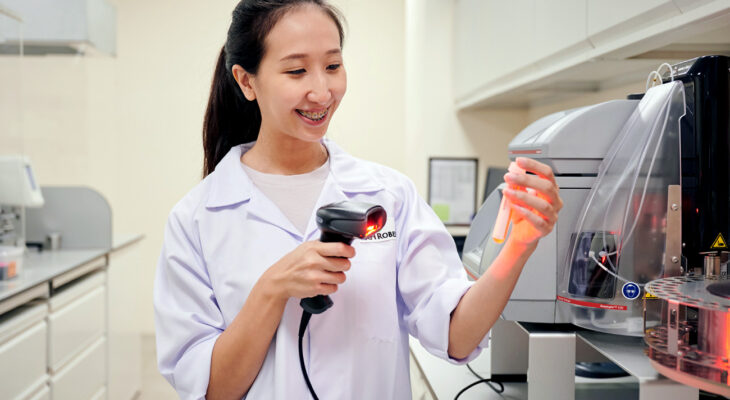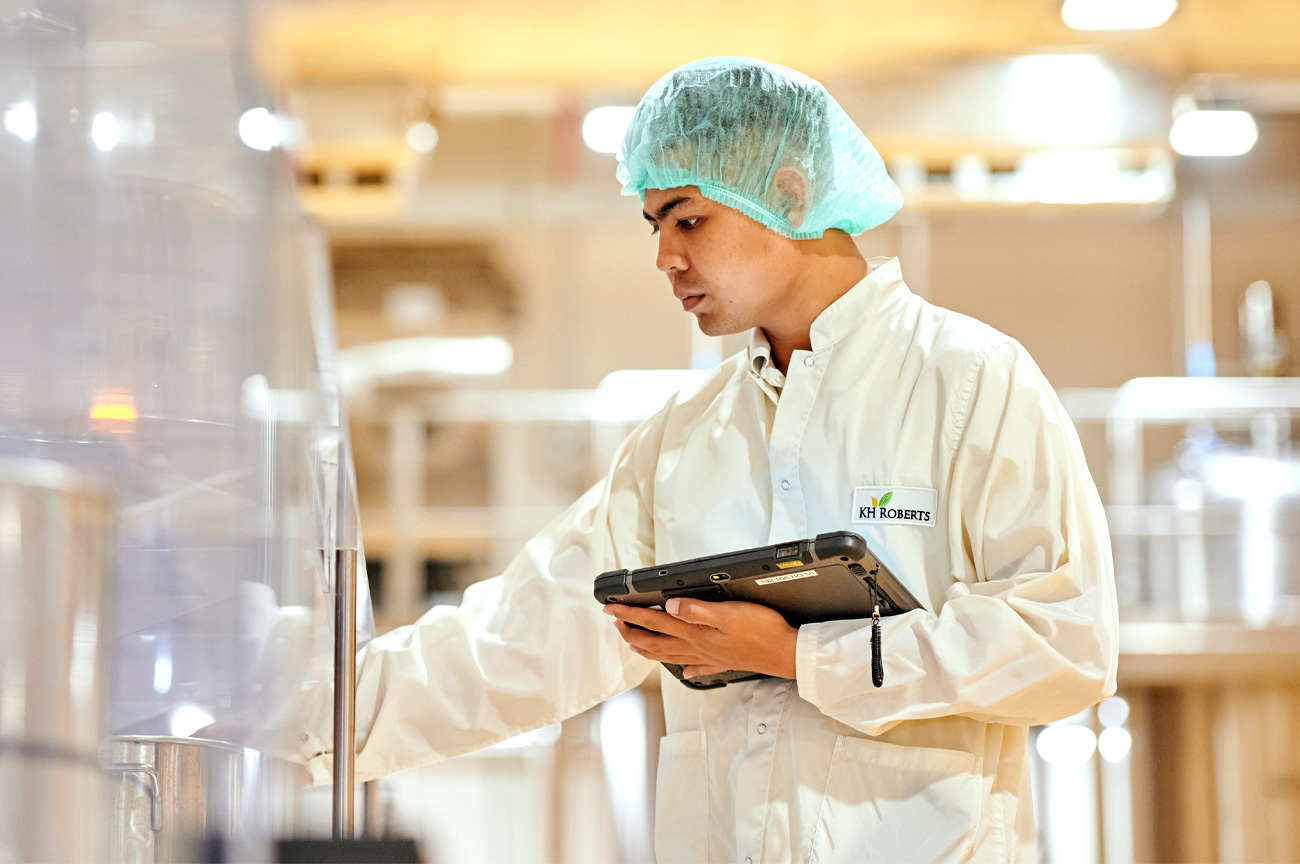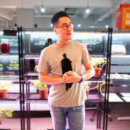
Adopting Digital Solutions to Reshape the Business
Mr Tan Pok Kiam, Director, Group Commercial, at flavour manufacturer KH Roberts talks about his company’s digital transformation efforts.
KH Roberts has been Singapore’s first flavour manufacturer since its inception in 1968 in the business of creating and producing tastes and aromas. The B2B business designs customised flavour solutions for F&B consumer brands around the world.
“We are all about customisation, and our secret formulations come in many variations,” says Mr Tan Pok Kiam, Director, Group Commercial, at flavour manufacturer KH Roberts. “For example, chocolate flavours cannot taste the same across regions.”
Headquartered in Singapore, the company has a regional network of manufacturing centres, along with sales and distribution offices in Indonesia, Thailand, Malaysia, China and the rest of Asia. Its state-of-the-art automated flavour manufacturing facility was built three years ago and comes integrated with full R&D, pilot trial and warehousing capabilities. The site is a sparkling showcase of how KH Roberts has taken the lead in harnessing digital solutions.
What was the motivation to first digitalise?
Ten years ago, we started to expand our range of flavours. Business growth has also accelerated as we tripled the number of markets. At the same time, food regulations have begun to tighten up around the world. As a highly export-oriented company, we needed to comply with local and overseas market regulations.
All of these factors meant that we could no longer rely on just a “safe and secure” physical approach towards managing data on paper and spreadsheets. It triggered hard thinking among our team — what would happen if this pace is to continue for another 20 years? We would not have been able to catch up.
Digitising formulations and government regulations would make our day-to-day operations more convenient. Because our industry is so specialised, we have decided to build our own proprietary solution.
Why was replacing the physical safe and lock such a big change?
One issue was trust. Ten years ago, management was not as tech savvy as it is today. They were unsure about forgoing paper management and whether the adoption of digital solutions was a safe approach then. We had to convince them of the benefits of digitalisation.
Getting buy-in from the staff was another challenge. We have emphasised that digitalisation is a journey. It is not a start-and-stop process with an end date. Even today, we are in the process of updating our systems.
But the fear factor is real for many, especially for staff who have worked here for over 20 years. Using tablets or scanning of QR codes, instead of physical handling, was a different way to do things. They found it hard to trust the system.
To help them overcome this distrust, we conducted many briefings during townhall meetings and fireside chats. We showed them the system has a fail-safe built in. The process involved a lot of communication, patience and transparency. After six months, we were glad that the staff accepted the new system and had shown improvement in their work efficiency.

KH Roberts Integrated Flavours Manufacturing Facility has automated production and digital systems in place that increase production efficiency and workplace safety, and reduce failure rates and reliance on manual labour.
What are your most important digitalisation initiatives?
We had begun seeing a lot of bottlenecks at our first site in Wan Lee Road, where we had been in operation for more than 40 years, especially since some processes could not be fully automated.
We were looking to expand, so we needed a bigger space. Three years ago, we moved to our current facility in Buroh Lane, a greenfield site that was designed with automation and digitalisation in mind. Ever since, we have not looked back. It was a daring move for us. The space is three times larger, and we have automated production lines for flavour, which is unheard of for companies of our size.
We are now seeing the results, especially during the COVID-19 period. As an essential business, we have to continue to ensure that the supply chain is not disrupted, with automation playing an integral part. There has been no disruption to production, even with safe distancing measures in place and staggered work shifts.
What have been the benefits of going digital?
This means increased efficiency and productivity for production and manufacturing. Lower error rates and improved consistency are keys to the production of high-quality products in our industry. Fewer manual and labour-intensive jobs also provide a more comfortable and safer working environment, which helps in employee retention.
Our integrated digital solution helps us to innovate by enhancing our speed in market penetration with new flavours and concept development. It allows us to reach out to our customers with the latest offerings in a shorter time.
The COVID-19 period has also shown how we can be more efficient. R&D staff can work from home and access proprietary information through secure remote access.
Can you share your next steps?
Remote work will be a semi-permanent feature moving forward. Full adoption of the cloud technology will enable remote work to continue without a loss in productivity. With production facilities in Indonesia and Thailand and strategic centres across Asia, it will also allow us to better coordinate and align global operations — a very critical point we realised in the early days of the pandemic when different countries were in various levels of lockdown.
Any advice for SMEs embarking on this journey?
You should develop and have a good understanding of your business and operation model. Thereafter, you can identify any gaps or problems, and decide whether a digital tool or system will be able to trigger your vision. It sounds simple but you will realise that although many processes can be digitalised, the key is to decide which process to prioritise. In today’s particularly challenging environment, you should seize the opportunity and do this now, and not when the economy recovers.
It is also important to show the team the more visible benefits and results to motivate the staff during the implementation process. You will also get better buy-in too if you appoint colleagues who are part of the process to be part of the digitalisation project team.



















